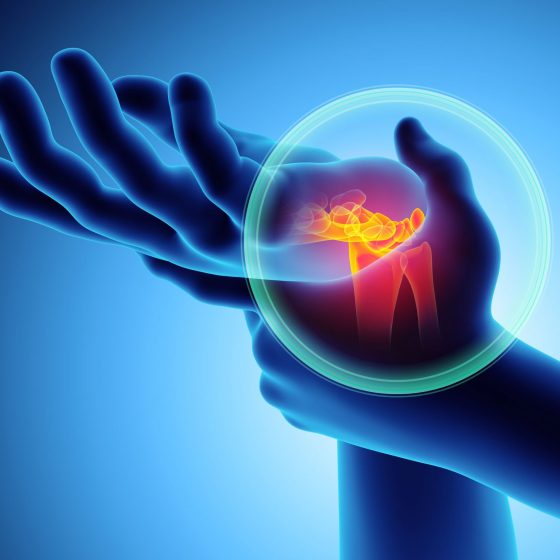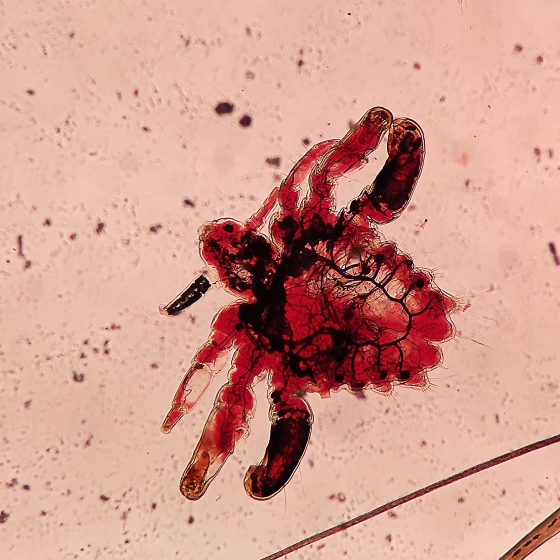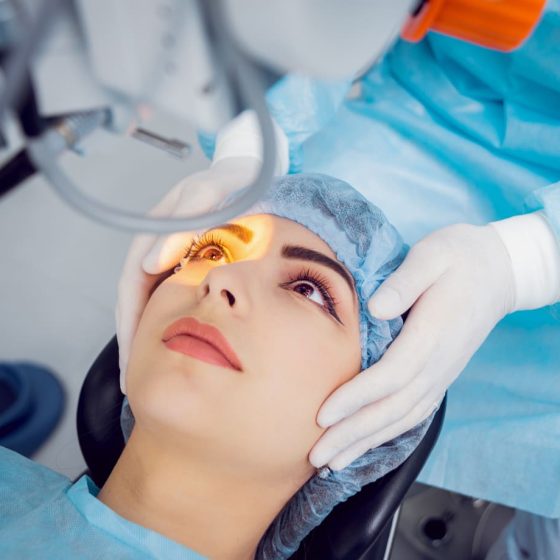Symptoms of serious illness in babies and children
Key facts Most illnesses in babies and children are mild and will go away by themselves. You know your child best, so if you suspect something more serious, you should seek medical attention. If your child is under 3 months old and has a fever, they should see a doctor urgently. When should I see a doctor? Most illnesses in babies and children are mild and do not need medical treatment. But if you suspect something more serious, you should seek medical attention. You know your child best. If you are worried, take them to see a doctor. There are










